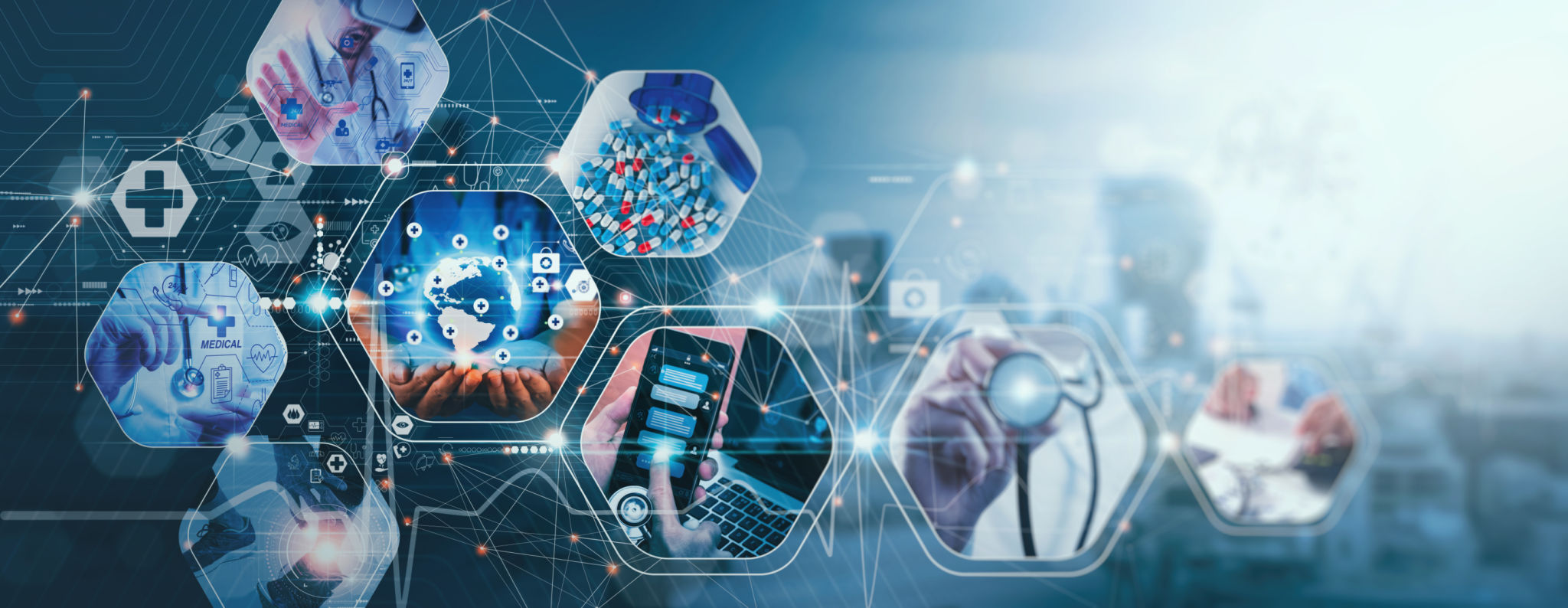Connect Medical Specialty Devices: A Comprehensive Guide
Understanding Connected Medical Specialty Devices
The integration of technology into healthcare systems has revolutionized the way medical professionals diagnose and treat patients. Connected medical specialty devices are at the forefront of this transformation, offering improved accuracy, efficiency, and patient outcomes. These devices use wireless technology to gather, transmit, and analyze health data, providing real-time insights that are crucial for making informed medical decisions.
Connected medical devices range from wearable monitors and smart inhalers to advanced imaging systems and robotic surgical instruments. Each device serves a specific purpose, yet all share the common goal of enhancing patient care through connectivity and data-driven insights.

The Benefits of Connectivity in Medical Devices
One of the primary advantages of connected medical specialty devices is their ability to provide continuous monitoring of patient health. This ongoing data collection enables healthcare providers to detect anomalies quickly and intervene proactively, potentially preventing severe health complications.
Moreover, these devices facilitate better patient engagement by allowing individuals to track their health metrics, encouraging adherence to treatment plans. Patients become active participants in their healthcare journey, which can lead to improved outcomes and satisfaction.

Data Security and Privacy
With the increased use of connected devices comes the critical issue of data security and privacy. Ensuring that patient information remains confidential and secure is a top priority for healthcare providers and device manufacturers. Implementing robust encryption methods, secure data storage solutions, and adhering to regulatory standards are vital steps in protecting patient data from potential breaches.
Challenges in Implementing Connected Devices
Despite their benefits, the adoption of connected medical specialty devices presents several challenges. One significant hurdle is the integration of these devices into existing healthcare systems. Ensuring compatibility with legacy systems can be complex and resource-intensive. Additionally, training healthcare staff to effectively use these new technologies is essential to maximize their potential.

Cost Considerations
The cost associated with acquiring and maintaining connected medical devices can be substantial. Budget constraints may limit the accessibility of these advanced technologies, particularly in underfunded healthcare facilities or regions with limited resources. However, the long-term benefits, such as reduced hospital readmissions and improved patient outcomes, can offset these initial investments.
The Future of Connected Medical Devices
Looking ahead, the future of connected medical specialty devices appears promising. Advances in artificial intelligence and machine learning are expected to enhance the capabilities of these devices further. More sophisticated algorithms will allow for quicker, more accurate data analysis, leading to earlier detection and improved treatment options.
Moreover, as 5G technology becomes more widespread, the speed and reliability of data transmission will improve significantly, enabling even more seamless integration of connected devices into healthcare ecosystems globally.

Conclusion
Connected medical specialty devices represent a significant leap forward in healthcare delivery. By leveraging technology to provide real-time insights and improved patient engagement, these devices hold the potential to transform patient care. However, addressing challenges related to data privacy, cost, and integration is essential for realizing their full potential.
As the healthcare industry continues to evolve, embracing these innovative tools will be crucial for providing high-quality care in an increasingly digital world. Stakeholders must work collaboratively to overcome barriers and ensure that connected medical devices are accessible, secure, and effective for all patients.
